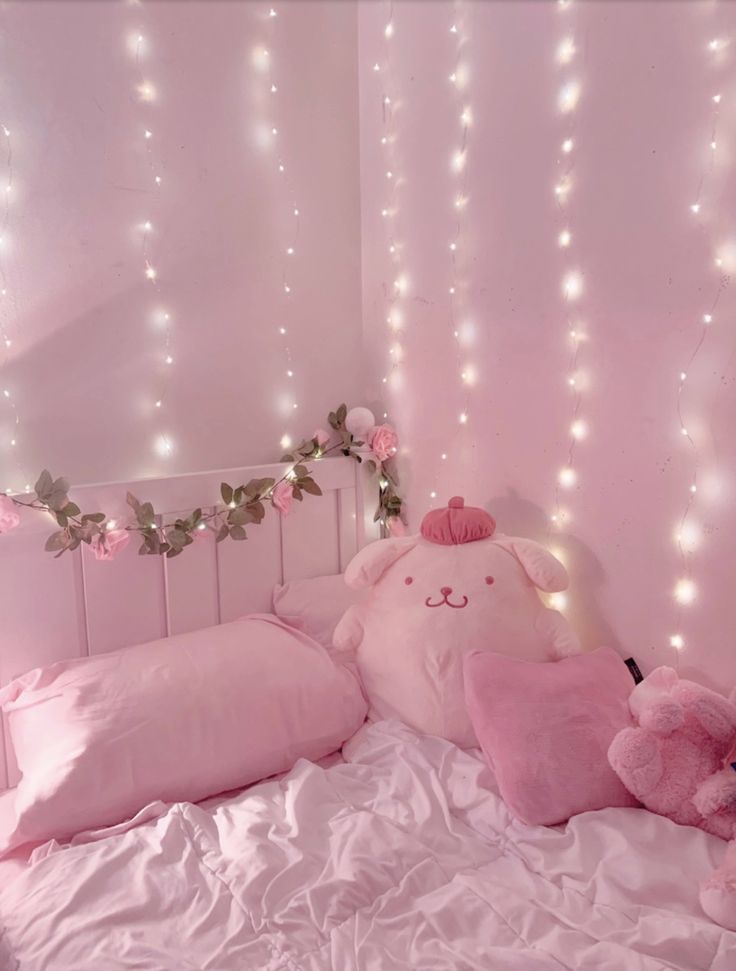Introduction: The Rise of Aesthetic Rooms
In recent years, the concept of aesthetic rooms has gained massive popularity, especially among Gen Z and millennials. Attractive interior designs, which are popular on sites like TikTok as Pinterest, and Instagram, frequently include little clutter, soft lighting, neutral colors, and carefully chosen décor, all of which are intended to generate a specific mood. But behind the clean lines and Instagram filters lies a deeper, more complex narrative that deserves closer examination.
What Defines an Aesthetic Room?
An aesthetic room is typically designed around a specific visual style or mood — “dark academia,” “cottagecore,” “minimalist,” “boho,” or “pastel goth,” to name a few. Common elements include:
- LED strip lights or fairy lights
- Posters or wall collages
- Vintage or thrifted furniture
- Indoor plants
- Color coordination and symmetry
These rooms are not just about decoration; they are carefully curated to reflect a lifestyle or identity. But is this trend as harmless and inspiring as it seems?
The Social Media Effect: Performing Aesthetic Living
Social media plays a huge role in shaping the aesthetic room trend. Influencers and lifestyle creators frequently post room tours that set unrealistic expectations of beauty and order. In this context, aesthetic rooms often become more about performance than comfort — curated to be photographed rather than lived in.
Critique: This constant exposure can lead to a distorted perception of what a “normal” or “worthy” living space looks like, potentially fueling consumerism and self-comparison.
The Price of the Perfect Aesthetic
Contrary to the minimalist look many of these rooms present, achieving a trendy aesthetic can be surprisingly expensive. LED lighting, matching decor sets, mood lamps, custom bedding, and endless trinkets add up fast. For many, maintaining an aesthetic room becomes a cycle of buying and discarding — counterintuitive to the minimalist values it supposedly champions.
Critique: The obsession with aesthetics often leads to overconsumption and waste, contradicting the eco-conscious values some aesthetic trends (like “earthcore” or “plant mom”) claim to embrace.
Identity vs. Authenticity: Aesthetic as a Personality
In many cases, individuals adopt an aesthetic not simply because they like how it looks, but because it offers a ready-made identity. Aesthetic rooms can feel like a shortcut to self-expression — but when everyone is borrowing from the same Pinterest board, how unique is that expression really?
Critique: Relying on predefined aesthetics can stifle genuine self-discovery. It can also reinforce narrow definitions of beauty and success based on what is visually appealing rather than personally meaningful.
Visit this more Blog: living room layout ideas
Mental Health Implications
While aesthetic spaces can promote relaxation and a sense of control, there’s a darker side too. For some, the pressure to maintain a picture-perfect room may lead to anxiety, burnout, and dissatisfaction with one’s living conditions — especially when reality doesn’t match the online ideal.
Critique: Aesthetic living, when idealized to extremes, may inadvertently contribute to mental health struggles rather than alleviate them.
Conclusion: Rethinking Aesthetic Rooms
There’s nothing inherently wrong with wanting a beautiful, cozy space. A balanced approach to the aesthetic rooms trend can be creative, motivating, and even therapeutic. But it’s crucial to remain critical of the pressures, consumer habits, and identity politics wrapped up in this phenomenon.
Final Thought: Instead of chasing a trend, perhaps it’s time to focus on rooms that reflect who we really are — not just what’s currently trending on TikTok. Would you like a version optimized for a blog or publication (e.g., with meta description and tags), or are you thinking of turning this into a social media post or essay?
